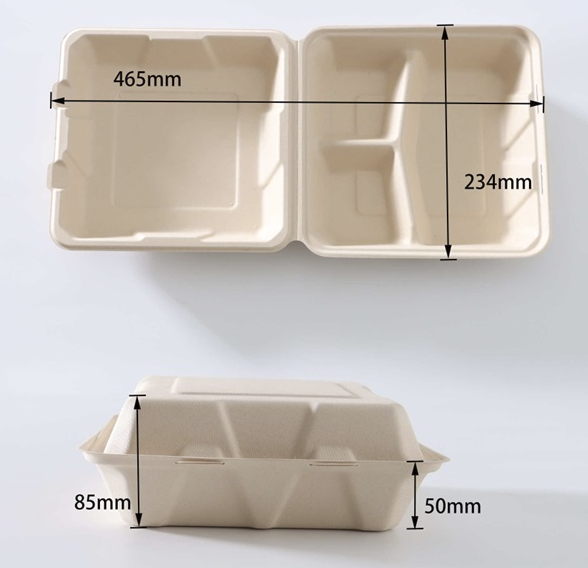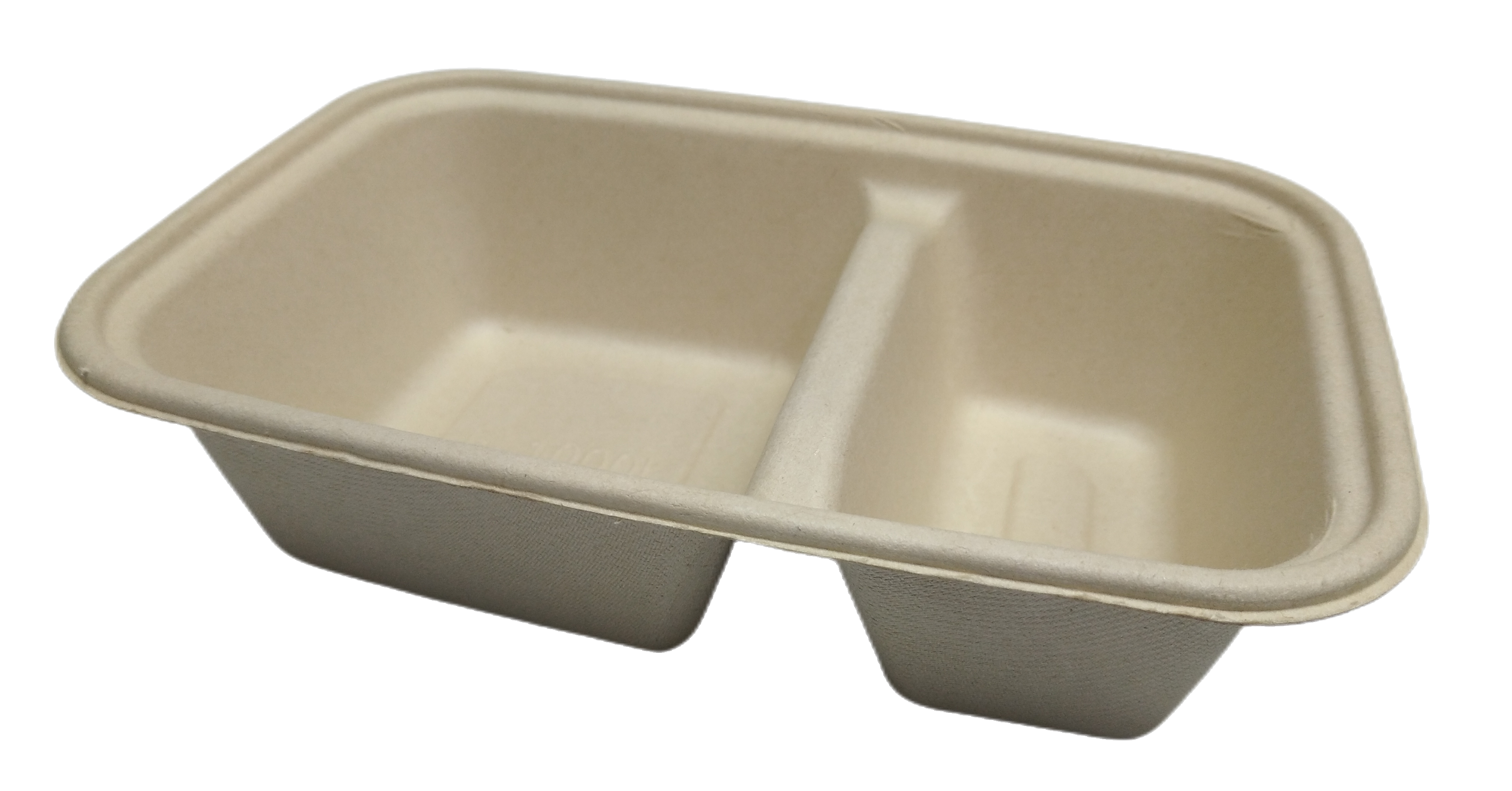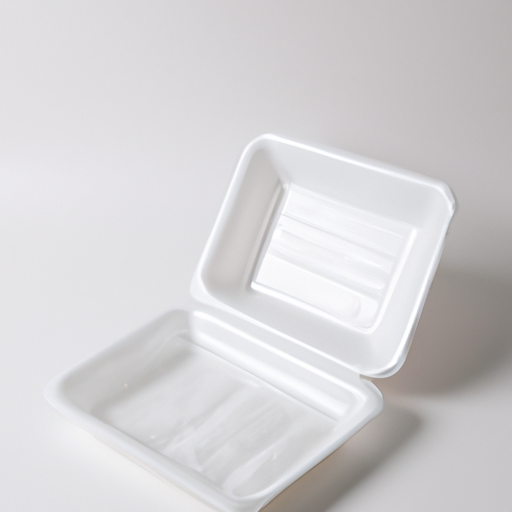откуда берется багасса
Изучение происхождения багассы: взгляд на производство сахарного тростника
“Итак, что такое багасса?”
“Жом является побочным продуктом производства сахарного тростника. Это волокнистый материал, который остается после измельчения стеблей сахарного тростника для извлечения сока.”
“Интересно. Как его используют?”
” Он используется для различных целей. Его можно использовать в качестве биотоплива, для производства бумаги и даже в качестве корма для животных. Он также используется в производстве строительных материалов, таких как древесноволокнистые плиты и изоляционные материалы. из чего он берется?”
“Жом является побочным продуктом производства сахарного тростника. Стебли сахарного тростника измельчают, чтобы извлечь из них сок, а оставшийся волокнистый материал представляет собой жмых.”
“Итак, он существует уже какое-то время?”
“Да , да. Багасса веками использовалась в производстве сахарного тростника. Впервые она была использована в Индии и Китае, а с тех пор распространилась по всему миру.”
“Это увлекательно. Спасибо за информацию!”
Экологические преимущества багассы: как этот устойчивый ресурс меняет мир
Стиль
| Одноразовая упаковка Фукуда | Размер |
| Как на картинке | Цвет |
| прозрачный/черный | Появление продуктов на основе багассы: как этот возобновляемый материал революционизирует производство |
“That’s incredible,” Sarah said. “It sounds like bagasse is really making a difference in the world.”
“It certainly is,” John said. “And it’s only going to become more important as we continue to look for ways to reduce our environmental impact.”
The Rise of Bagasse-Based Products: How This Renewable Material is Revolutionizing Manufacturing
“Bagasse is revolutionizing manufacturing,” declared John, a sustainability expert. “It’s a renewable material made from sugarcane waste, and it’s being used to create a wide range of products.”
“That’s amazing,” replied his colleague, Sarah. “What kind of products?”

“Well, it’s being used to make everything from paper and packaging to furniture and building materials,” John explained. “It’s even being used to create bioplastics and biocomposites.”
Sarah was impressed. “That’s incredible. What makes bagasse so special?”
“It’s a great alternative to traditional materials like wood and plastic,” John said. “It’s renewable, biodegradable, and it has a much lower environmental impact than other materials. Plus, it’s incredibly strong and durable.”
Sarah nodded. “It sounds like bagasse is the perfect material for sustainable manufacturing. What do you think the future holds for this material?”
John smiled. “I think we’re just beginning to see the potential of bagasse. As more companies realize the benefits of using this renewable material, I think we’ll see it become even more widely used in the manufacturing industry.”

